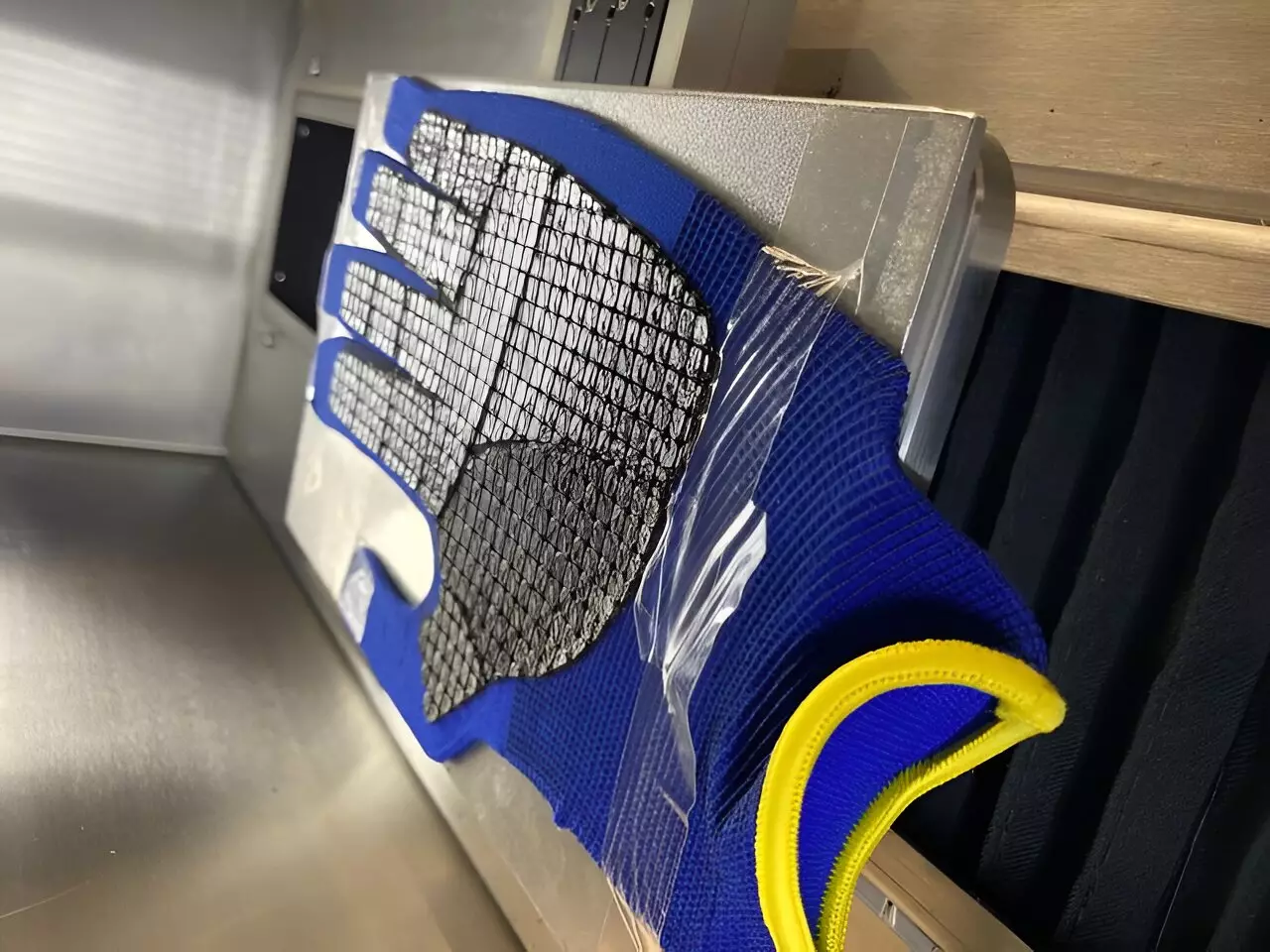Protective gloves are essential across various sectors, ranging from industrial jobs to recreational activities and gardening. These gloves are designed to safeguard hands from various hazards such as cuts, abrasions, chemical exposure, and moisture. Historically, protective gloves have relied on coatings made from conventional materials like oil-based polymers, latex, and nitrile rubber, which have proven effective but raise environmental concerns.
Recent developments in the German Institutes of Textile and Fiber Research Denkendorf (DITF) have introduced an innovative coating material derived from lignin, a biopolymer extracted from plant cell walls. This advancement addresses both the functionality of protective gloves and the pressing need for sustainable materials in manufacturing. By leveraging 3D printing technology, researchers have created a glove coating that is not only robust but offers a degree of flexibility previously unseen in traditional materials.
Lignin is noteworthy for its abundance, as it is a by-product of the paper industry, which generates significant quantities during the pulping process. Traditionally, lignin’s hydrophobic properties, stemming from its composition, have rendered it less versatile in application; it tends to resist water, which could make it unsuitable for some gloves. However, this very characteristic contributes to the durability and longevity of gloves during mechanical stress. As a biodegradable material, lignin also offers an ecological advantage by reducing long-term environmental pollution from abrasion particles, as these particles decompose much faster than those from conventional coatings.
The utilization of 3D printing technology in the production of glove coatings introduces significant benefits. Firstly, it allows for precise customization of glove designs, tailoring them to fit the unique needs of individual users. This level of customization can enhance user comfort and functionality, paramount for professionals who rely on dexterity and protection in their day-to-day tasks. Additionally, the efficiency of the 3D printing process reduces waste, aligning production practices with sustainable methods of manufacturing.
Despite retaining its biodegradable nature, the lignin-based coating does not compromise on the level of protection offered by traditional gloves. In fact, the research demonstrates that gloves coated with lignin meet stringent safety standards while providing exceptional durability and resistance to various workplace hazards. This dual focus on safety and sustainability represents a paradigm shift in the production of personal protective equipment (PPE), advocating for environmentally friendly materials without sacrificing efficacy.
The development of lignin-based coatings for protective gloves signifies a transformative step toward sustainable manufacturing within the PPE industry. As environmental concerns become increasingly prominent globally, innovations such as these not only enhance worker safety but also promote ecological responsibility. The future of protective gear looks promising, merging safety, comfort, and sustainability through advancements that prioritize both human and environmental health. By embracing such innovations, industries can lead the way towards a more sustainable future while ensuring that the safety and comfort of their workers are never compromised.

